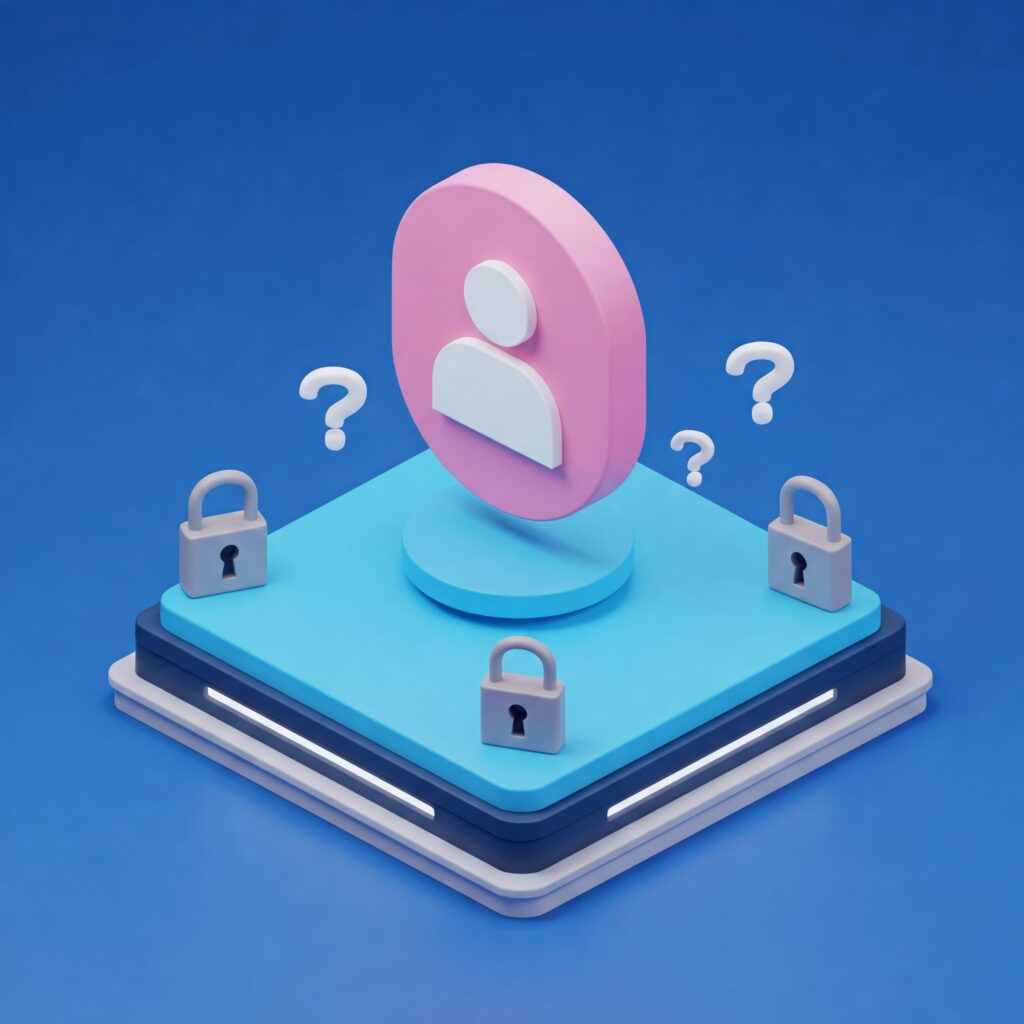Imagine waking up to find your Instagram account hijacked, your private messages leaked, or your identity stolen—all because of a single malicious link. This isn’t a dystopian fantasy. According to the FBI’s 2023 Internet Crime Report, social media scams cost victims over $1.2 billion last year alone. As our lives grow more intertwined with platforms like Facebook, TikTok, and LinkedIn, social media security has shifted from a niche concern to a universal imperative.
In this guide, we’ll explore actionable strategies to protect your digital footprint, decode emerging threats like AI-driven deepfakes, and share real-world lessons from high-profile breaches. Let’s dive in.
The Growing Threat Landscape: Why Social Media Security Matters
Social media isn’t just for sharing memes or vacation photos anymore. It’s a goldmine for cybercriminals. Consider these stats:
- 1 in 4 people have experienced a social media account takeover (Cybersecurity Ventures, 2023).
- 80% of hacking-related breaches involve compromised passwords (Verizon 2023 DBIR).
- Scams on platforms like Facebook Marketplace surged by 46% in 2023 (FTC Report).
From phishing links disguised as DMs to AI-generated voice clones tricking loved ones, threats are evolving faster than ever. Even tech giants aren’t immune: Twitter’s 2020 breach saw high-profile accounts like Elon Musk’s promoting Bitcoin scams.
Common Vulnerabilities: Where You’re Most Exposed
1. Weak or Reused Passwords
Using “password123” across Facebook, LinkedIn, and X is like locking your doors but leaving the windows wide open. Hackers exploit credential stuffing attacks—using leaked passwords from one breach to infiltrate other accounts.
2. Phishing & Social Engineering
Fraudsters impersonate trusted contacts or brands. A 2023 Google study found that 68% of phishing links are shared via social media DMs.
3. Third-Party App Permissions
That quiz app asking for access to your Facebook friends list? It might be harvesting data for targeted scams.
4. Oversharing Personal Details
Posting your pet’s name or alma mater gives hackers clues to guess security questions.
Best Practices for Fortifying Your Social Media Security
🔒 Step 1: Strengthen Authentication
- Use a Password Manager: Tools like 1Password generate and store complex, unique passwords.
- Enable Two-Factor Authentication (2FA): SMS-based codes are better than nothing, but opt for authenticator apps like Google Authenticator.
🛡️ Step 2: Tighten Privacy Settings
- Audit Your Profiles: Limit post visibility to “Friends Only” and disable location tagging.
- Review Tagging Permissions: Prevent others from exposing your activity without consent.
🎣 Step 3: Spot Phishing Red Flags
- Check URLs Hovering Over Links: Scammers often mimic URLs (e.g., “faceb00k-login.com”).
- Verify Unusual Requests: If a friend messages, “Is this you in this video? 😱”, call them to confirm.
📲 Step 4: Audit Third-Party Apps
Revoke access for unused apps in your social media settings. Less access = fewer attack vectors.
🔔 Step 5: Monitor Account Activity
Enable login alerts and review active sessions monthly. Twitter and Facebook let you see which devices are logged in.
Emerging Threats: AI’s Double-Edged Sword
Artificial intelligence isn’t just streamlining content creation—it’s empowering cybercriminals:
- Deepfake Scams: In 2023, a finance worker in Hong Kong transferred $25 million after a video call with a “CFO” who was actually an AI-generated deepfake.
- Voice Cloning: Tools like ElevenLabs can replicate voices from 30-second clips, enabling convincing “emergency” calls.
- AI-Generated Phishing Content: ChatGPT can craft flawless, personalized scam messages at scale.
Countermeasure: Use platforms offering AI-content detection (e.g., Meta’s “AI-generated content” labels) and educate your network about synthetic media risks.
Case Studies: Lessons from Real-World Breaches
🚨 The Celebrity Twitter Hack (2020)
Hackers compromised 130 accounts, including Barack Obama and Bill Gates, to promote Bitcoin fraud. The breach stemmed from spear-phishing employees and exploiting weak internal security protocols.
Takeaway: Even verified accounts aren’t safe. Enable 2FA and scrutinize suspicious DMs.
🚨 LinkedIn Data Scraping (2021)
Data from 700 million users was sold on the dark web after attackers exploited LinkedIn’s API.
Takeaway: Avoid listing sensitive details (e.g., your current employer’s email format) publicly.
Essential Tools for Social Media Security
| Tool | Purpose | Key Feature |
|---|---|---|
| Bitwarden | Password Management | Free, open-source encryption |
| Aura | Identity Theft Protection | Social media monitoring |
| Malwarebytes | Phishing Detection | Real-time link scanning |
| ExpressVPN | Secure Browsing | Encrypts public Wi-Fi traffic |
Final Thoughts: Stay Vigilant, Stay Secure
Social media security isn’t a one-time fix—it’s a habit. Update passwords quarterly, stay informed about new scams, and think twice before sharing that “harmless” quiz.
Your Action Plan:
- Audit your privacy settings today.
- Switch to a password manager.
- Share this guide with someone who’s ever clicked “I forgot my password.”
read also wordpress securityVulnerabilities

